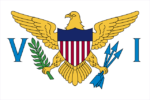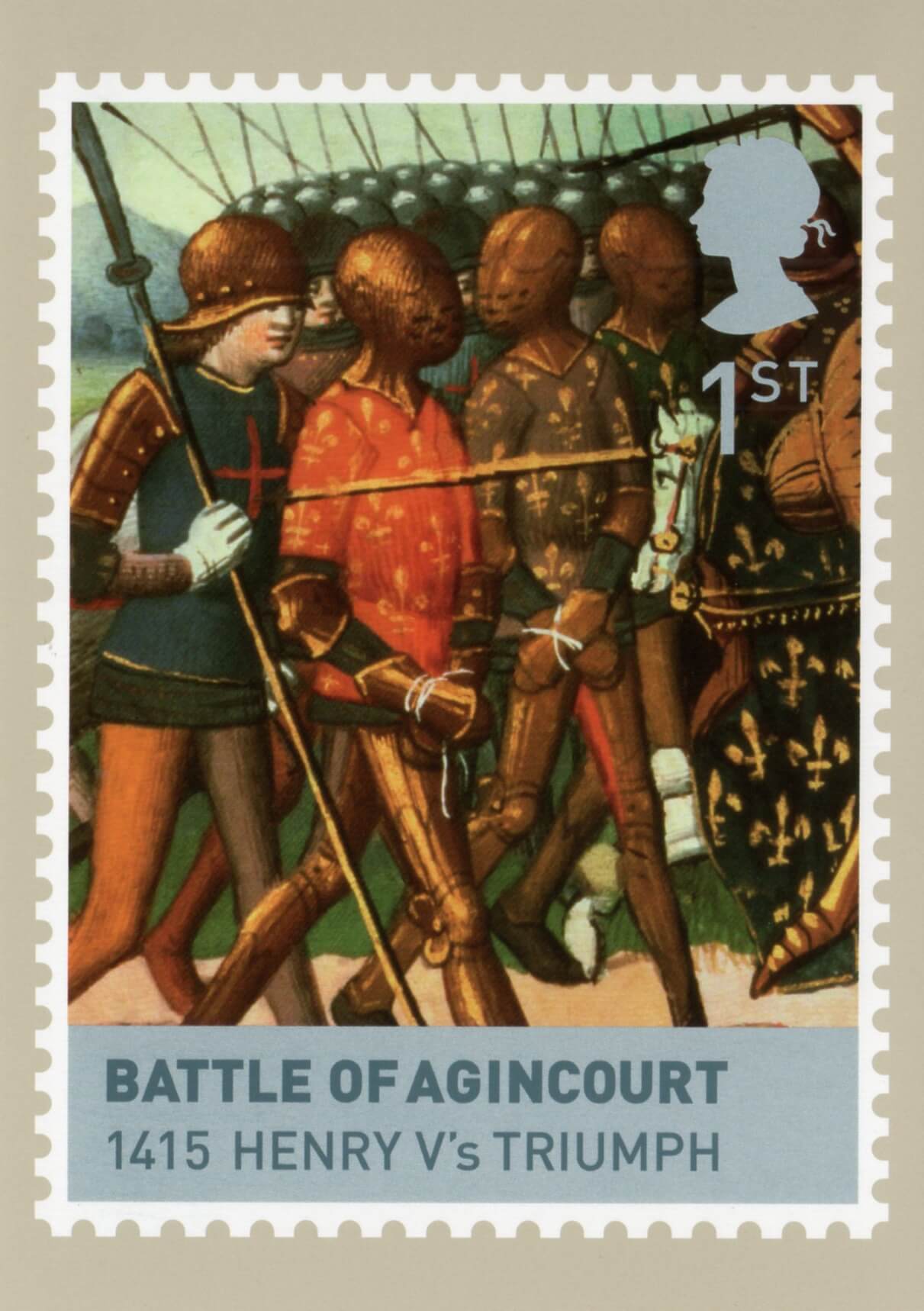The island nation of Saint Lucia in the West Indies is one of our homeschool countries-of-the-week, so why not spend a few minutes today with your students learning about one of Saint Lucia’s World Heritage Sites: the Pitons Management Area.
![[Homeschool World Heritage]](https://upload.wikimedia.org/wikipedia/commons/thumb/3/37/Gros_Piton_and_Petit_Piton_in_Saint_Lucia.JPG/1024px-Gros_Piton_and_Petit_Piton_in_Saint_Lucia.JPG)
The two volcanic cones known as the Pitons are a natural national symbol of the island of Saint Lucia:
Belonging to the Lesser Antilles, the volcanic island of Saint Lucia is located in the Eastern Caribbean Sea and surrounded by the Atlantic Ocean. The Pitons Management Area (PMA) in the Southwest of Saint Lucia is a multiple use conservation and management area of 1,134 hectares of land and 875 hectares of sea, respectively, totaling 2,909 hectares. The eponymous Pitons, two towering volcanic spires, are the major iconic landmark of the island. These spectacular twin pinnacles, Gros Piton and Petit Piton, rise side by side from the sea to 770 and 743 m.a.s.l., respectively. They are bridged by an inland ridge and tower above an accessible caldera-like formation known as the Qualibou Depression. The PMA finds itself within the Soufriere Volcanic Centre and encompasses a wide range of its diverse geological features, including a site of geothermal activity with fumaroles and hot springs, known as the Sulphur Springs. Petroglyphs and diverse artifacts bear witness of the Amerindian Carib population which historically inhabited what is now the PMA.
Despite the small extension there is a high diversity of terrestrial habitats, flora and fauna. The dominant vegetation is comprised of various forest types, including rare elfin woodland on the summits. Small, little disturbed patches of natural forests remain, preserved by the steepness of the land.
The Marine Management Area within the PMA is a strip of roughly 11 km long and about one kilometre wide along the shore. It comprises a steeply sloping continental shelf with healthy fringing and patch reefs covering more than 60% of the marine area, boulders and sandy plains. The diverse marine and coastal habitats harbour important marine life. Hawksbill turtles are seen inshore, and whale sharks and pilot whales offshore. (World Heritage Centre #1161)
You can find a gallery of additional photos of the Pitons Management Area on the World Heritage Centre’s website.
![[Flag of Saint Lucia]](https://riverhouses.org/wp-content/uploads/2022/05/flag-saint-lucia.png)
World Heritage Sites are cultural or natural landmarks of international significance, selected by their home countries and recognized by the United Nations Educational, Scientific, and Cultural Organization. More than a thousand such sites have been designated in over 160 countries, and we feature one every Wednesday, drawn from one of our homeschool countries-of-the-week. You can find a complete list of World Heritage Sites online at the World Heritage Centre’s website and in Wikipedia.
The World Heritage Centre also has a free and comprehensive World Heritage education kit for teachers, as well as a wonderful full-color wall map of World Heritage Sites, available for the cost of shipping. Why not add them both to your own homeschool library. 🗺
What world treasures have you and your students explored in your homeschool this Leo Term? 🇱🇨
❡ The great globe itself: This is one of our regular Homeschool Geography posts featuring cultural and natural sites of international importance. Print your own copy of our River Houses World Heritage Calendar and follow along with us as we tour the planet, and add your name to our weekly mailing list to get great homeschool teaching ideas delivered right to your mailbox all through the year. 🌐
❡ Print this little lesson: Down at the bottom of this post you'll find a special "Print" button that will let you create a neat and easy-to-read copy of this little lesson, and it will even let you edit and delete sections you don't want or need (such as individual images or footnotes). Give it a try today! 🖨
❡ Books in the running brooks: You can always turn to your River Houses almanac, atlas, and history encyclopedia for more information about any of our countries-of-the-week. The almanac has a lengthy section with detailed profiles of all the nations of the world; the endpapers of the atlas are indexes that will show you where all of the individual national and regional maps may be found; the history encyclopedia has a comprehensive collection of national histories in an appendix; and you can find additional illustrations, flags, and other mentions through the indexes in each of these volumes. For an ideal little lesson, just write the name of the Weekly World Heritage Site on your homeschool bulletin board, find its location in your atlas, read the WHC's brief description aloud, look at a picture or two, and you're done. Over the course of the year, without even realizing it, your students will absorb a wealth of new historical, geographical, and cultural information. 📚
❡ Homeschool calendars: We have a whole collection of free, printable, educational homeschool calendars and planners available on our main River Houses calendar page. They will help you create a light and easy structure for your homeschool year. Give them a try today! 🗓
❡ Support our work: If you enjoy our educational materials, please support us by starting your regular Amazon shopping from our very own homeschool teaching supplies page. When you click through from our page, any purchase you make earns us a small commission at no extra cost to you. Thank you for helping us to keep going and growing! 🛒
❡ Join us! The aim of the River Houses project is to create a network of friendly local homeschool support groups — local chapters that we call “Houses.” Our first at-large chapter, Headwaters House, is now forming and is open to homeschoolers everywhere. Find out how to become one of our founding members on the Headwaters House membership page. 🏡




